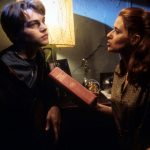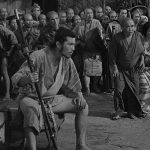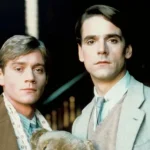Singin’ in the Rain (1952)
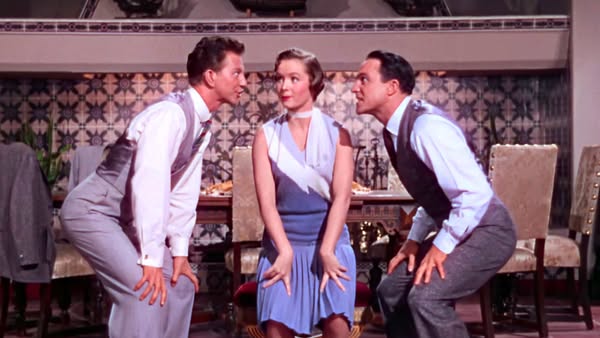
Singin’ in the Rain is a timeless musical comedy released in 1952, directed by Stanley Donen and Gene Kelly. Often hailed as one of the greatest musicals in film history, it brilliantly captures the transition from silent films to “talkies” in Hollywood during the late 1920s.
The story centers on Don Lockwood (played by Gene Kelly), a successful silent film star who finds himself navigating the tumultuous waters of the film industry’s evolution. Alongside his charming co-star Lina Lamont (played by Jean Hagen), Don is forced to adapt when the studio decides to produce a musical. The film’s plot unfolds as Don meets Kathy Selden (Debbie Reynolds), an aspiring actress with a beautiful singing voice, who becomes pivotal in helping him and his colleagues adjust to this new era of filmmaking.
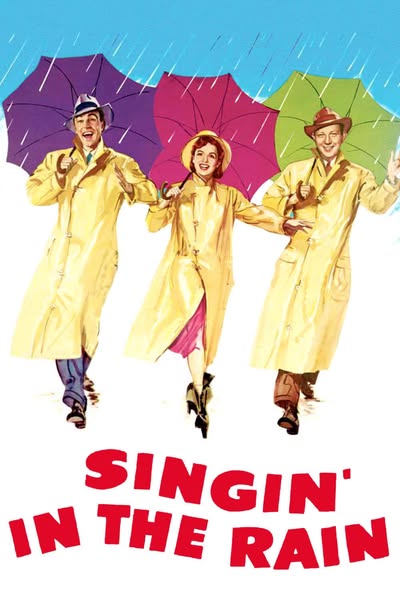
Singin’ in the Rain is celebrated not only for its engaging storyline but also for its unforgettable musical numbers. The choreography, particularly in the iconic title song sequence, showcases Gene Kelly’s exceptional talent and charisma. The film features a memorable soundtrack filled with classic songs, including “Good Morning” and “Make ‘Em Laugh,” each contributing to the film’s joyous atmosphere.

Visually, the film is a feast for the eyes, combining vibrant colors and elaborate set designs that highlight the glamour of the 1950s. The cinematography captures the exuberance and energy of the musical performances, immersing viewers in a world of entertainment and nostalgia.
The film also cleverly comments on the film industry itself, exploring themes of innovation, identity, and the challenges faced by artists in adapting to change. Lina Lamont’s character provides a humorous contrast to the film’s more talented protagonists, highlighting the importance of authenticity and talent in an increasingly commercialized industry.
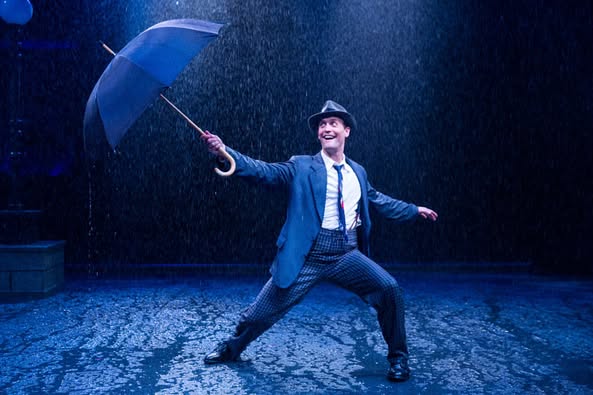
In summary, Singin’ in the Rain is a delightful celebration of music, dance, and the magic of cinema. Its blend of humor, romance, and spectacular musical numbers has ensured its status as a classic, resonating with audiences for generations. The film remains a testament to the enduring power of storytelling and the joy of artistic expression, making it a beloved favorite in the realm of musical filmmaking.


